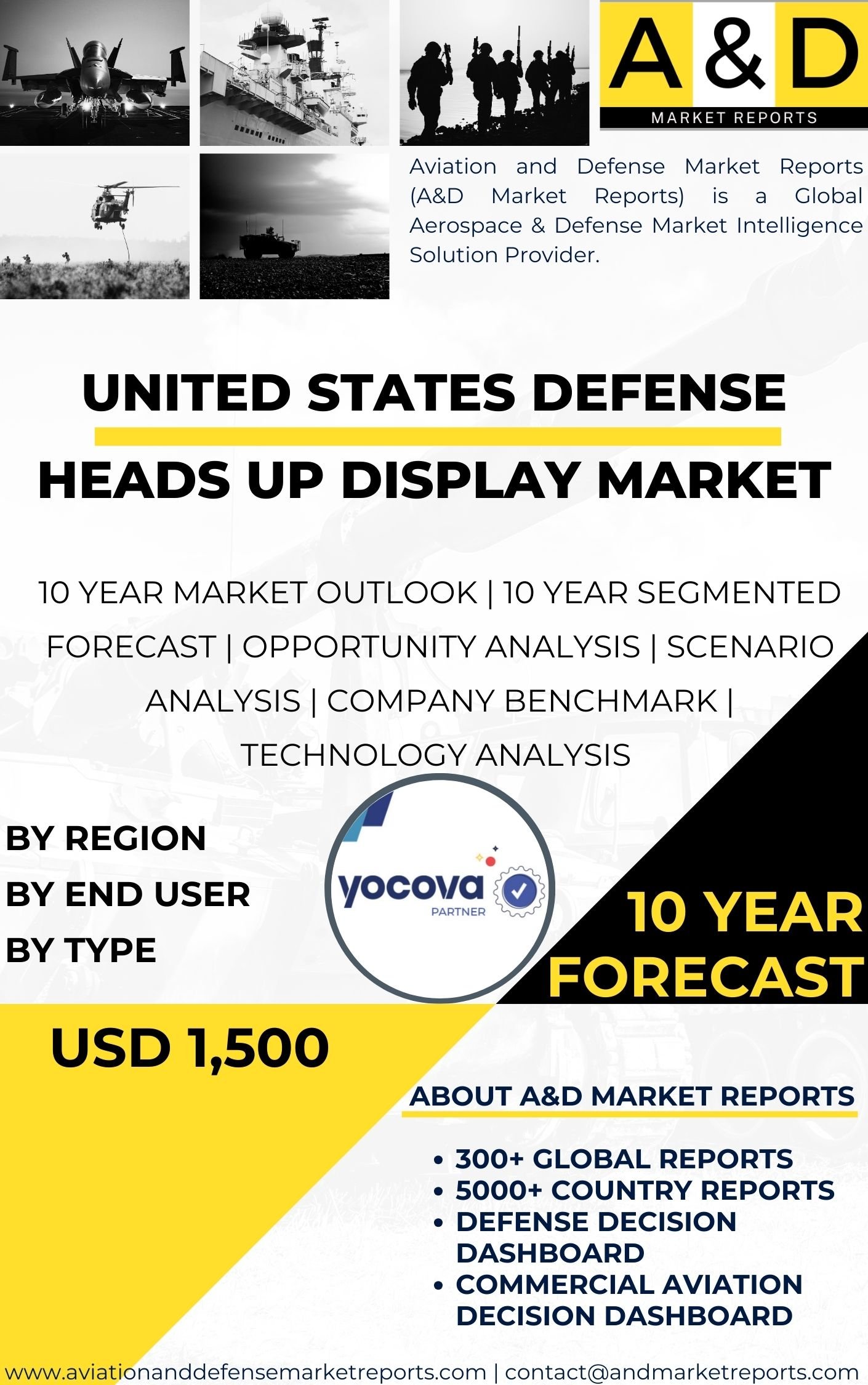Description
A Heads-Up Display (HUD) is a critical technology used in various defense systems, providing essential information to military personnel without requiring them to take their eyes off the battlefield. HUDs project vital data directly onto the pilot’s or soldier’s field of view, enhancing situational awareness, improving decision-making, and enabling more efficient and effective military operations. The United States military has extensively adopted HUD technology across its various branches, incorporating it into aircraft, ground vehicles, and even individual soldier equipment.
One of the primary applications of HUD technology is in fighter aircraft. Fighter pilots operate in high-stress and dynamic environments, where split-second decisions can determine the outcome of an aerial engagement. HUDs enable pilots to access critical flight data, weapon status, and targeting information without diverting their attention from the cockpit view. This information includes altitude, airspeed, heading, and target tracking, enhancing the pilot’s situational awareness and facilitating quick response to threats and changing tactical situations.
The F-35 Lightning II, the U.S. military’s fifth-generation stealth fighter, features an advanced helmet-mounted display system (HMDS) that serves as a HUD. The HMDS projects critical flight and targeting data directly onto the pilot’s helmet visor, allowing them to maintain focus on the surrounding airspace while accessing essential information. This integration of the HUD with the helmet provides a seamless and immersive experience, enabling pilots to effectively control the aircraft’s systems and weapons.
HUD technology is also prevalent in military helicopters, enhancing the capabilities of both attack and utility helicopters. For example, the AH-64 Apache attack helicopter employs a helmet-mounted display system (HMDS) with an integrated HUD. This system provides the pilot with flight data, weapon targeting information, and sensor feeds from the aircraft’s sensors and weapons systems. The HUD assists the Apache pilot in acquiring and engaging targets accurately, even in challenging environments.
Ground vehicles in the U.S. military have also integrated HUD technology to enhance the situational awareness of crews. Tanks, armored vehicles, and reconnaissance vehicles often employ HUDs to display navigation data, terrain information, and targeting data from onboard sensors and cameras. The HUDs enable vehicle crews to maintain situational awareness and effectively engage threats while remaining protected within the vehicle.
Furthermore, HUD technology has found its way into individual soldier equipment, such as infantry helmets and goggles. Integrated systems like the U.S. Army’s Enhanced Night Vision Goggle-Binocular (ENVG-B) provide soldiers with an augmented reality display that overlays digital information, such as maps, navigation data, and sensor feeds, onto their field of view. This enables soldiers to navigate in low-light conditions, identify friendly and enemy forces, and receive critical information without having to look down at traditional displays or maps.
The adoption of HUD technology in various defense systems is driven by its ability to enhance combat effectiveness and reduce cognitive workload on military personnel. By projecting essential information directly in their field of view, HUDs enable quicker decision-making and response times, contributing to mission success and the protection of friendly forces.
In addition to improving operational capabilities, HUDs also contribute to pilot and soldier safety. By reducing the need to shift their focus between instruments and the battlefield, HUDs mitigate the risk of spatial disorientation and target fixation, which can be detrimental in high-stress combat situations.
The development and integration of HUD technology involve collaboration between the U.S. military and defense contractors, as well as research and development institutions. Advancements in display technology, optics, and computing have continually improved the capabilities of HUDs, making them smaller, lighter, and more versatile.
Moreover, the U.S. military places a strong emphasis on human factors and user-centered design when developing HUD systems. Ensuring that HUDs present information in a clear and intuitive manner is crucial to preventing information overload and ensuring that pilots and soldiers can efficiently process the data presented.
The future of HUD technology in the U.S. military is likely to include further integration with advanced sensor systems, artificial intelligence, and networked communication. Advancements in sensor fusion and AI will allow HUDs to present more comprehensive and contextually relevant information to military personnel, further enhancing their situational awareness and decision-making capabilities.
As HUD technology continues to evolve, the U.S. military will continue to invest in research and development to stay at the forefront of innovation. Ensuring that HUDs remain compatible with emerging defense systems and platforms will be crucial to maintaining their relevance and effectiveness in the rapidly evolving battlefield environment.
In conclusion, Heads-Up Displays (HUDs) are a critical technology used by the United States military to enhance situational awareness and decision-making in a range of defense systems. HUDs provide essential information directly in the field of view of pilots and soldiers, enabling them to access critical data without diverting their attention from the battlefield. Whether integrated into fighter aircraft, helicopters, ground vehicles, or individual soldier equipment, HUD technology significantly improves operational capabilities, reduces cognitive workload, and contributes to the protection of friendly forces. Ongoing research, development, and integration efforts will continue to advance HUD technology, making it an indispensable tool for the U.S. military in the dynamic and challenging modern battlefield.




